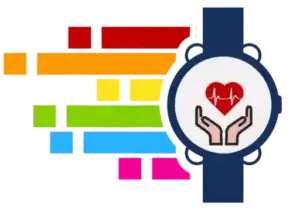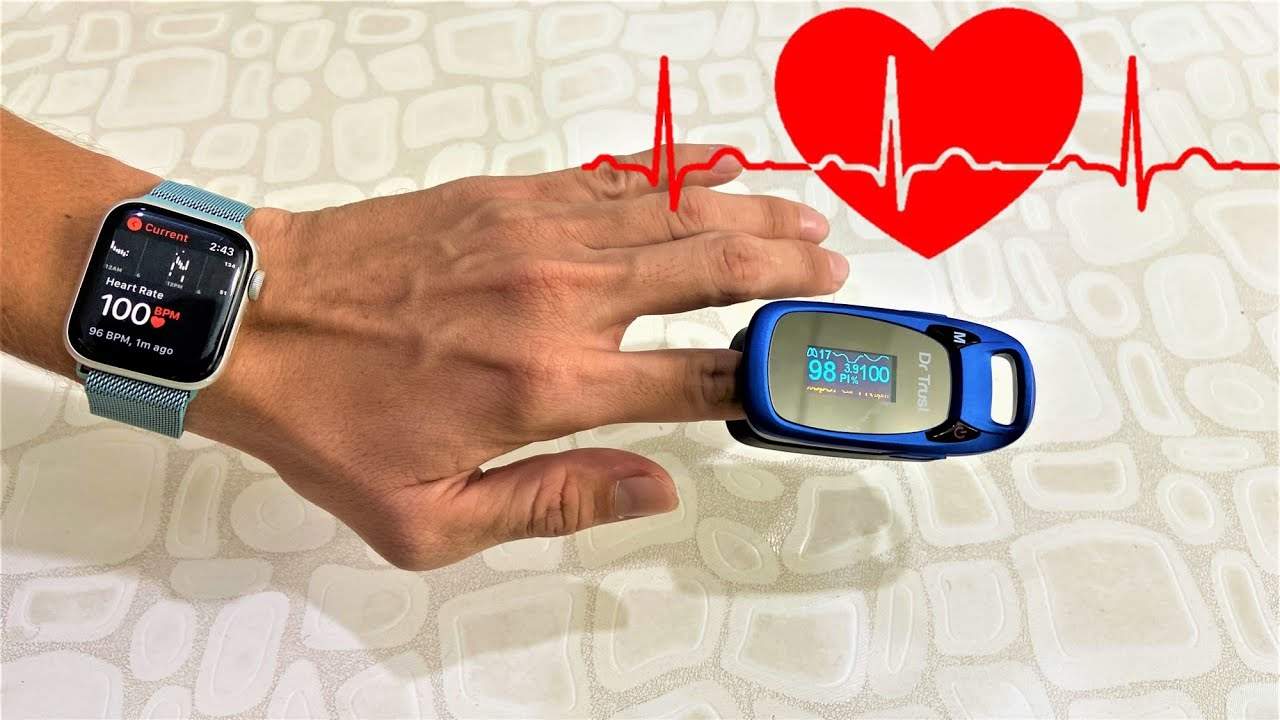How Accurate is Apple Watch Heart Rate and How Does it Work
The heart rate sensor on the Apple Watch is a combination of green LED lights and photodiodes that measures your heart rate. When you touch the crown, activate the sensor. It emits green LED lights that are absorbed by your skin. The light is then reflected through photodiodes, which measure how much of the light is absorbed. Your heart rate can then be calculated based on how much of this light was fascinating by your skin.
Green LED Lights
The heart rate sensor on the Apple Watch is a combination of green LED lights and photodiodes that measures your heart rate.
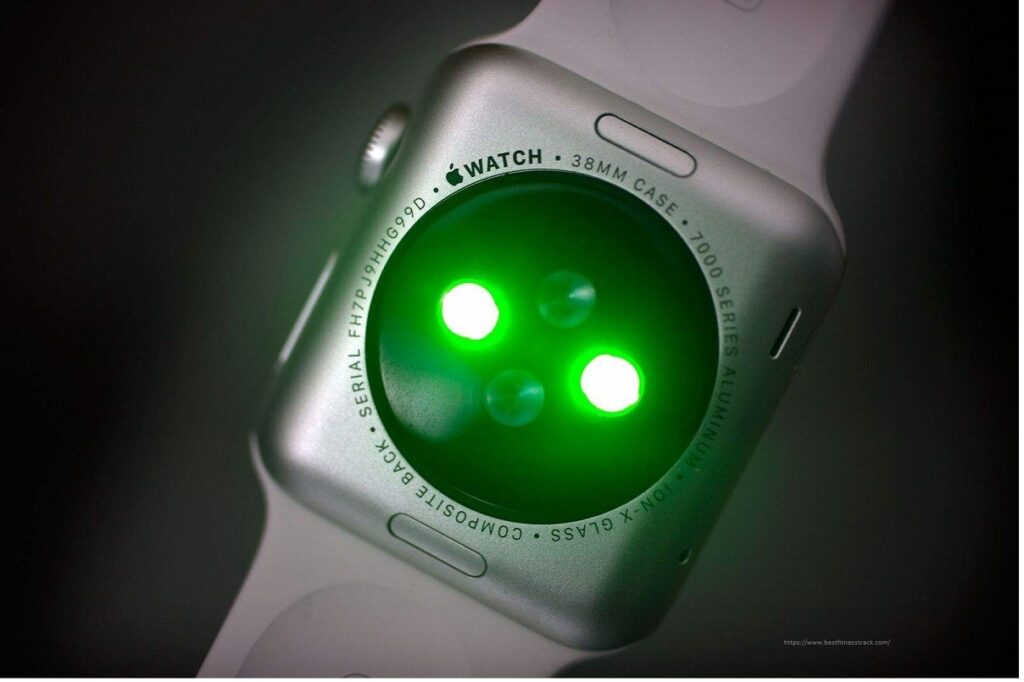
The green LEDs are used to measure how fast your heart is beating, while the photodiodes detect infrared light from blood flowing through your veins. This lets you know when you’re exercising or resting, which helps you set goals for fitness and track progress over time.
Calculate Your Heart Rate
The Apple Watch uses this information to calculate your heart rate, resting heart rate, and recovery heart rate after a workout.
The Heart Rate sensor on the Apple Watch uses infrared light and infrared cutaneous photoplethysmography (ICP) technology to measure. How much blood flows through your wrist at different times throughout the day. The sensors are sensitive enough to detect changes in blood flow of less than one percent every 15 seconds, which means they can accurately see when you’re exercising or not.
The app uses this data to provide insights into what activities are most beneficial for improving health. How many calories are burned during an action, how much time is spent walking versus running, and what overall improvement over time all based on these measurements?
Track your Health and Fitness Goals
The heart rate sensor on the Apple Watch is a vital part of the health and fitness tracking features it offers. For example, it can tell you if you’re getting enough exercise, whether or not your workouts are intense enough to meet your goals, and how much sleep you need to get a good night’s rest.
Measure Your Heart Rate
The Apple Watch can only measure your heart rate when you are still, so if you’re in the middle of an intense workout, you won’t get a proper reading.
The Watch’s heart rate sensor is only accurate when you’re still. This is because it takes several minutes for the Watch’s accelerometer and gyroscope to detect movement and then send data back to Apple’s servers. So that they can calculate how many times per second your heart beats; this data is then used by Apple’s health app or third-party apps such as Strava Cycling App or Runkeeper (which both use GPS).
How to take your Heart Rate with the Apple Watch?
To take a reading, you’ll need to hold down on the crown button until the heart rate icon appears. Then, place your finger on this icon and wait for it to vibrate before releasing it. It should beep once or twice, depending on your mode.
You can also tap directly on this icon instead of holding down: if you do so, Apple Watch will immediately start taking data.
Heart Rate Readings
This watch’s heart rate sensor is accurate, but it can only sometimes capture all readings. When you are still, the Watch will measure your heart rate accurately. However, suppose you are moving around or doing other activities that involve movement (like walking). In that case, the sensor will not be able to get a reading on your heart rate and, therefore, cannot measure it accurately.
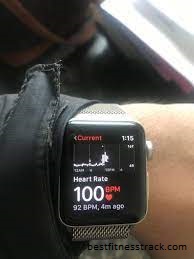
In addition, if your wrist is completely turned away from the sensor (for example, while typing on an iPhone), it may not capture your pulse.
- The first is how tight you have it on your wrist. If you’re wearing it loosely, your heart rate won’t be measured properly and can lead to inaccurate results.
- Second, if there’s any distance between where your skin meets the Watch’s sensor and where its sensors are located (called radio frequency interference), this will also cause some inaccuracy.
Finally, suppose someone else has been using their device nearby while measuring yours in the same way as theirs. In that case, this is called cross-talk. Then their readings may end up being incorrect because they’re overlapping yours with similar data points being generated by different devices at different times.
Track your Health and Fitness Progress
The heart rate sensor on the Apple Watch can be used for a number of different things, including tracking your health and fitness progress.
You can use the heart rate sensor to track your resting heart rate, which is especially useful if you have been diagnosed with hypertension or have high blood pressure. This will give you an idea of what kind of activity level is right for you. So that when it comes time to make changes in lifestyle., it’s easier for doctors and nurses to understand why these changes need to be made so quickly.
The ability to track your resting heart rate using an app means that even if someone doesn’t have access at all times due to their location or circumstance, they still have access without having any issues whatsoever.
Benefits of Using a Watch
It has many health and fitness features, but one of the most important is its heart rate sensor. The heart rate sensor can be used to track your health and fitness progress by monitoring how much time you spend exercising and sleeping each day. It can also help with stress management because it can tell if you’re feeling anxious or stressed out. Which could lead to problems like ulcers or high blood pressure. If this interests you in tracking what’s going on inside yourself over time, then keep reading.
Measurement
The heart rate sensor on the Apple Watch is limited in its ability to measure your heart rate when you’re not looking at its face. This is because light needs to be able to enter through the band and through your skin, which means it can’t measure an increase in blood flow if you turn away from it.
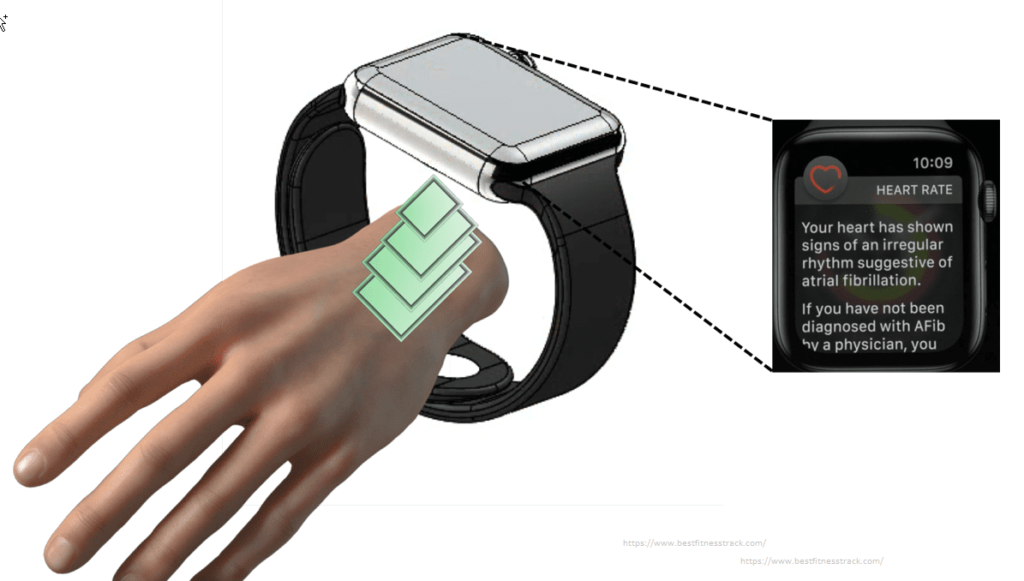
Accuracy
The accuracy of your heart rate sensor depends on a number of factors, including how much you move and whether or not you are wearing a shirt that fits tightly.
The Apple Watch’s heart rate sensor is accurate, but it can only sometimes capture all readings. For example:
- If you are still lying down, the Apple Watch will be able to detect your pulse more accurately than if you were sitting at a desk or running around the street.
- When wearing tight-fitting clothing like tights or shorts (which may reduce airflow), your heart rate reading will also be less accurate because there’s less space between your skin and the material surrounding it than there would be if wearing something more loose-fitting like jeans or sweatpants.
- If you’re wearing a watch that has an Apple Watch heart rate sensor, there are a few things you can do to ensure accurate readings:
- Make sure the sensors on your Watch and phone line up. It may mean the two devices aren’t communicating properly.
Conclusion
If you’re looking for a way to track your health and fitness goals, the Apple Watch heart rate sensor is an excellent option. It can provide a lot of information about your health and fitness without having to take any measurements. If you want more detailed information about how well your heart rate sensor works. The Apple Watch heart rate sensor is a great way to keep tabs on your health and fitness goals. It can provide a lot of information about your health and fitness without taking any measurements or wearing additional devices. If you want more detailed information about how well your heart rate sensor works on the Apple Watch.
